CURRENCY
BUSINESS OPPORTUNITIES IN LAOS
LAOS
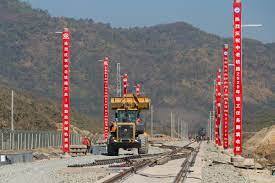
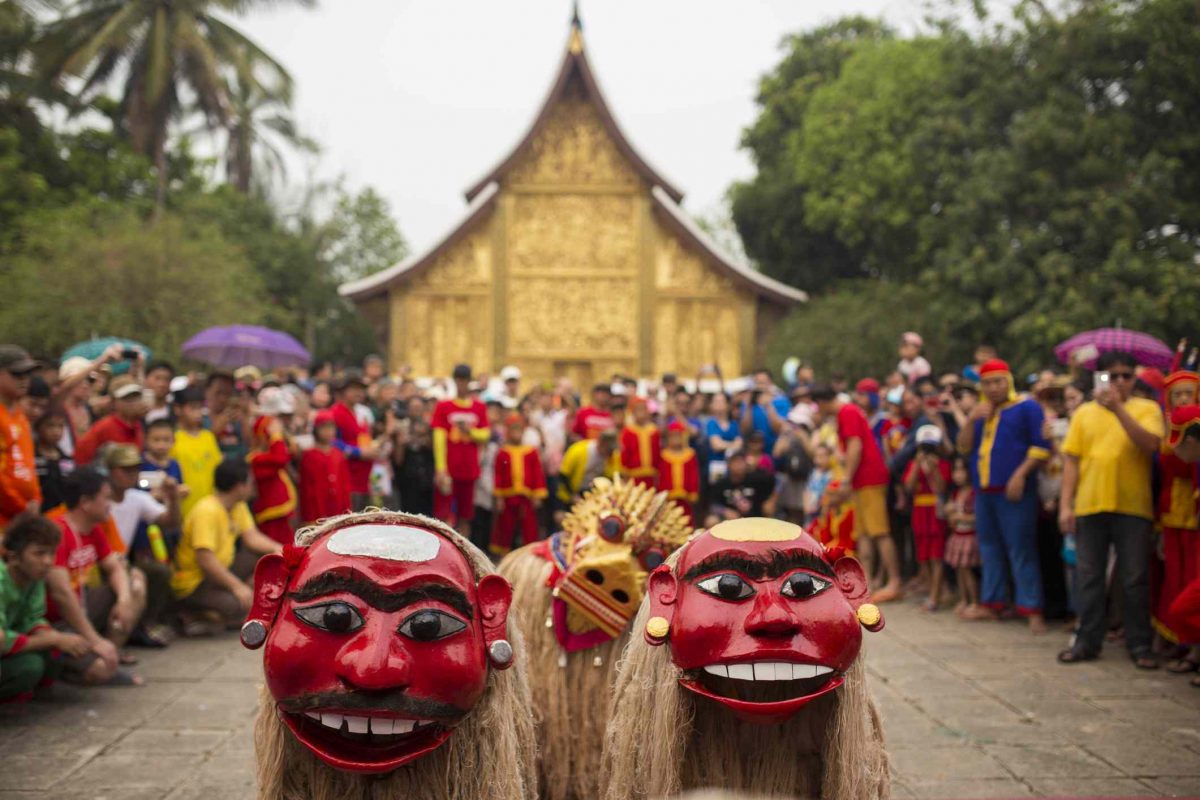

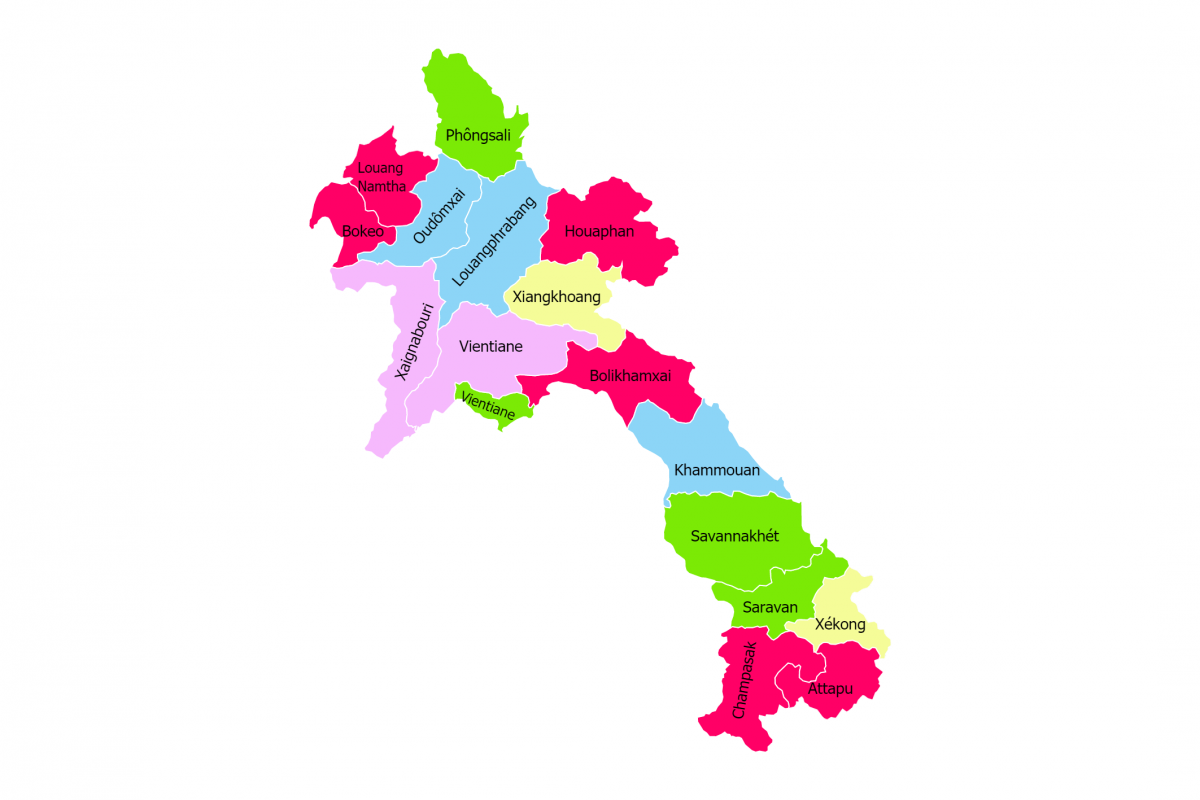
FLAG
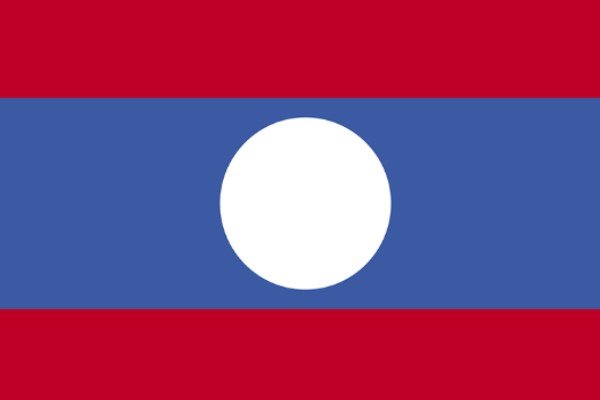
LAOS
CAPITAL CITY
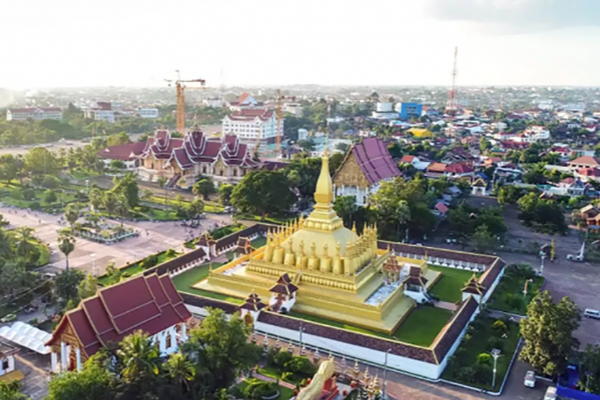
VIENTIANE
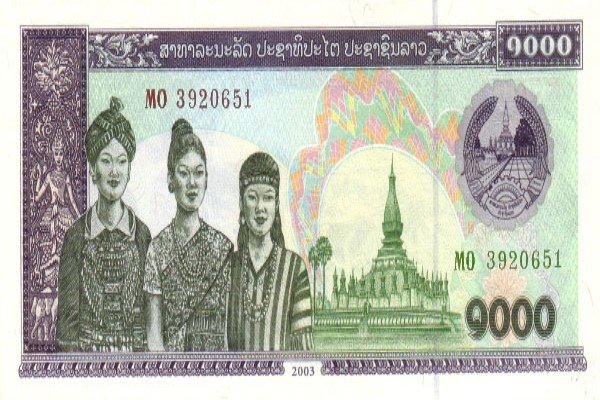
LAOTIAN KIP
Language

Population

73.90 LAKHS
Country
Calling Code

+856
LOCATION:

ASIA
BORDER COUNTRIES:
CHINA
VIETNAM
CAMBODIA
THAILAND
MYANMAR
ABOUT LAOS
Amongst all the countries in Southeast Asia, Laos, officially the Lao People’s Democratic Republic, is a landlocked country located in the heart of the Indochinese Peninsula. It is renowned for its lush landscapes, the mighty Mekong River, ancient Buddhist temples, and a rich history as the former Kingdom of Lan Xang (Land of a Million Elephants). Laos is actively pursuing development, transitioning from a Least Developed Country, with a strong focus on hydropower to become the “Battery of Southeast Asia.” The capital of Laos is Vientiane, which is its largest and most populated city, serving as the country’s primary economic, cultural, and political hub. According to the World Bank, Laos has been classified as a Lower-Middle Income Economy. The currency of Laos is the Lao Kip (LAK), which has experienced significant depreciation and volatility in recent years. As of today’s exchange rates (June 2025), 1 Indian Rupee is approximately 260 Lao Kip (note: this rate is subject to high volatility). The population of Laos is estimated at approximately 7.6 million in 2024. Its neighboring countries are China to the north, Vietnam to the east, Cambodia to the south, Thailand to the west, and Myanmar to the northwest. Being a landlocked country, Laos does not have direct maritime borders and relies on its neighbors’ seaports (primarily in Thailand and Vietnam) for international trade. The recently completed China-Laos Railway significantly enhances its logistical connectivity. The official language of the country is Lao. Thai is widely understood, and English is increasingly spoken and understood, particularly in urban and business areas, and among the younger generation. The vast majority of the population adheres to Theravada Buddhism. Laos has two main international airports: Wattay International Airport (VTE) in Vientiane and Luang Prabang International Airport (LPQ), which serve as key gateways for business and tourism.
The standard corporate income tax rate in Laos is generally 20%. Laos actively seeks to attract foreign direct investment, particularly in sectors that contribute to its economic development and poverty reduction goals. The government offers various investment incentives, especially for investments in Special Economic Zones (SEZs), Free Trade Zones (FTZs), and priority sectors like hydropower, mining, agriculture, tourism, and infrastructure. These incentives can include tax holidays (e.g., 5-10 years), reduced income tax rates (e.g., 0% or 10% after tax holidays), and customs duty exemptions for imported machinery and raw materials. The Ministry of Planning and Investment (MPI) is the primary government authority responsible for promoting and facilitating foreign investments. Opesh Group of companies will be helping you in completing the Due Diligence process which includes financial planning, registration process, business options, and if required, even helping you find a Rental property for your office.
Establishing a business in Laos involves navigating regulations that are continually being improved to create a more attractive investment climate. The Ministry of Planning and Investment (MPI) is the central authority for foreign investment, providing a “one-stop service” to streamline the approval process. A foreign investor planning to start a business in Laos can typically form a Limited Company (the most common type for foreign investors), a Joint Venture Company, or establish a Branch Office or Representative Office. While 100% foreign ownership is generally allowed in many sectors, joint ventures with local partners are common and sometimes preferred, particularly for large-scale projects or those deemed strategic. Laos’s legal framework for investment is evolving, providing a generally consistent, albeit developing, environment for businesses.
In case an investor is planning to establish an LLC or a corporate business setup in Laos, Opesh Group will be helping you in taking the right decision for setting up your business in Laos and we will also guide you about how to follow the procedure while formulating your company in Laos.
Types of Business which can be started in Laos:
- Hydropower: As the “Battery of Southeast Asia,” Laos has vast hydropower potential. Opportunities exist in developing new dam projects, electricity transmission infrastructure, and related services.
- Mining: Laos is rich in mineral resources. Opportunities exist in the extraction and processing of copper, gold, potash, coal, and other minerals.
- Agriculture & Agro-processing: With fertile land, there’s potential in modernizing farming techniques, organic agriculture, and value-added food processing (e.g., coffee, rubber, rice, fruits, vegetables) for domestic consumption and export.
- Tourism: Leveraging its natural beauty, cultural sites, and adventure tourism potential, opportunities exist in developing resorts, eco-lodges, specialized tours, and hospitality services.
- Logistics & Transit: The China-Laos Railway and its strategic location create opportunities in freight forwarding, warehousing, multimodal transport, and logistics hubs for regional trade.
- Light Manufacturing & Resource-Based Industries: Opportunities in manufacturing goods using local raw materials (e.g., wood products, garments, construction materials).
- Special Economic Zones (SEZs): Investing in designated SEZs offers specific incentives and streamlined procedures for various industries.
Advantages of Starting Business in Laos:
- Strategic Geopolitical Location: Located in the heart of mainland Southeast Asia, offering connectivity to major regional economies.
- Rich Natural Resources: Abundant hydropower potential, minerals, and fertile agricultural land.
- EAEU & ASEAN Access: Benefits from its membership in ASEAN and observer status in EAEU, offering market access.
- Improving Business Environment: Government reforms aimed at simplifying investment procedures and attracting FDI.
- Competitive Labor Costs: Relatively low labor costs compared to neighboring countries.
- Growing Connectivity: Enhanced infrastructure, particularly the China-Laos Railway, boosting trade and logistics.
- Investment Incentives: Attractive tax breaks and other benefits in Special Economic Zones and priority sectors.
Business Opportunities for Indians in Laos: There are excellent business opportunities in Laos for new investors who are planning to start their business abroad. Laos’s growing economy, strategic location, and focus on specific development sectors make it an emerging market with potential for Indian investors. Indian companies with strengths in:
- Hydropower: Investment in new hydropower projects or related equipment and services.
- Mining: Participation in the extraction and processing of minerals like copper, gold, or potash.
- Agriculture & Agro-processing: Investment in modern farming techniques, organic produce, and food processing units.
- Pharmaceuticals: Export and potential local manufacturing of generic drugs and medical supplies.
- Information Technology (IT): Opportunities in digital transformation, software development, and IT services as Laos modernizes its economy.
- Infrastructure & Logistics: Involvement in projects related to road, rail, and port connectivity, leveraging India’s “Act East” policy. While the overall trade volume might be relatively small compared to larger economies, the potential for specific niche investments and strategic partnerships is growing.
Imports & Exports: Many goods are imported and exported from Laos. Imports and exports business is an ever-growing business in any country; however, you need to do proper R&D before investing in that product which you can import or export. You need to check whether that product is suitable for your target market and how much revenue you will be able to generate from that market.
Major items which are exported from Laos:
- Electricity (from hydropower)
- Mineral products (copper, gold, potash concentrates)
- Wood and wood products (e.g., timber, plywood)
- Garments and textiles
- Agricultural products (e.g., rubber, coffee, rice, cassava)
- Electronics and electrical equipment
Major items which are imported in Laos:
- Machinery and equipment
- Fuel and mineral products
- Vehicles and transport equipment
- Consumer goods
- Food products
- Construction materials
Major items traded between Laos and India (as of 2023-2025 data):
- Exports from Laos to India: Wood and wood products, some agricultural products (e.g., coffee), and minerals.
- Imports in Laos from India: Pharmaceutical products, machinery, textiles, chemicals, electrical equipment, and various food products (e.g., rice, spices).
Manufacturing: Manufacturing in Laos is developing but currently has a relatively limited base. The dominant manufacturing activity is electricity generation from its numerous hydropower projects. Other sectors include wood processing, garment production, food and beverage processing, cement, and some light manufacturing, often utilizing local raw materials. The government is keen to expand and diversify this sector.
Mining: The mining industry is a significant contributor to Laos’s economy. The country is rich in mineral resources, with major production and reserves of copper, gold, potash, gypsum, and coal. Large-scale foreign-invested mining projects are prominent. Opportunities exist in further exploration, extraction, and processing of these valuable resources, adhering to environmental standards.
Major Indian companies which are currently working in Laos: Direct large-scale investment by major Indian corporate giants in Laos is relatively limited compared to some other Southeast Asian nations. However, trade relations are growing, and smaller Indian businesses and traders are active.
- Pharmaceuticals: Indian pharmaceutical products are widely imported and distributed in Laos through local partners.
- Agricultural Trade: Some Indian businesses are involved in the trade of agricultural commodities.
- Infrastructure/Consultancy: Occasional involvement of Indian engineering or consultancy firms in specific projects.
- Future Potential: As Laos continues to develop its infrastructure and economy, opportunities for Indian investment in areas like IT, renewable energy, and resource processing may increase.
- GDP = $19.5 billion (nominal, 2024 est.)
- GDP Growth = 4.0% (2024 forecast), 4.5% (2025 forecast by IMF/World Bank)
- Ease of doing business rank = The World Bank’s ‘Doing Business’ report has been discontinued. Laos has implemented various reforms aimed at improving its business environment, though challenges related to regulatory consistency and capacity remain.
- GDP per Capita = $2,500 (nominal, 2024 est.)
Thanks for reading this Article. Watch our Video and know more about Laos. For any Business Enquiry Join Millionaire Program and change everything in life and Business.. Call/ WhatsApp +91- 8094607111.
MOST RECENT VIDEOS
SIGN UP TODAY
Get our exclusive content and offers in your inbox
[contact-form-7 id=”57″]







